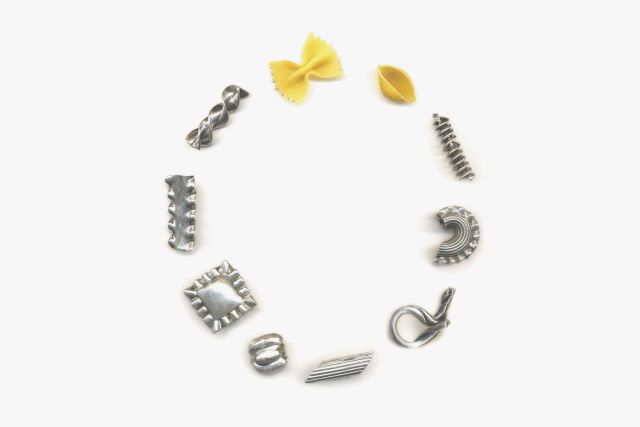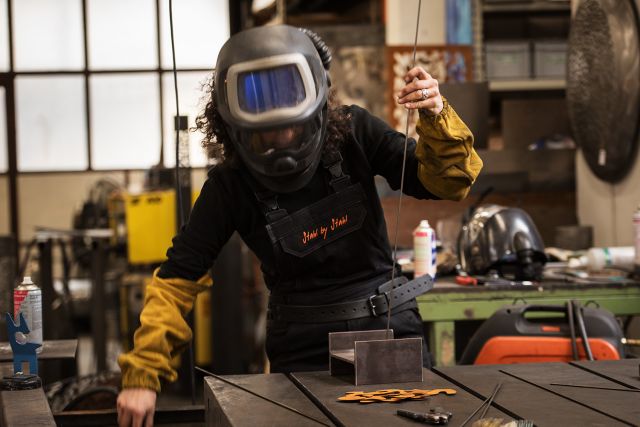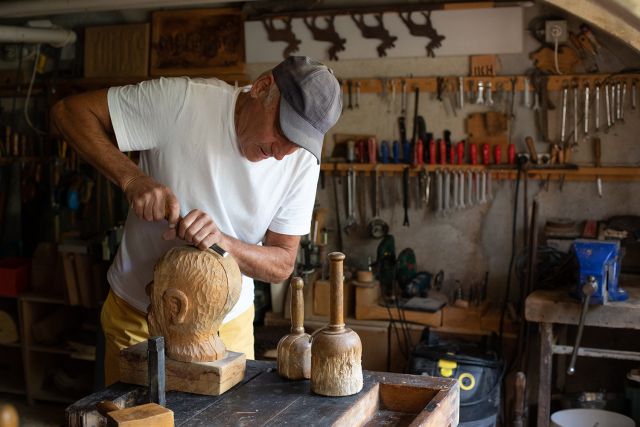This baroque viola made by Ulrike in 2013 is intended to be used for performing 16th to 18th century music. It was created according to the classical method inherent to Cremona, Italy.
 UlrikeDederer002_TB_CH_201610_1741557.jpg.jpeg)
 UlrikeDederer028_TB_CH_201610_1741584.jpg.jpeg)
 UlrikeDederer013_TB_CH_201610_1741571.jpg.jpeg)
 UlrikeDederer015_TB_CH_201610_1741566.jpg.jpeg)
 UlrikeDederer023_TB_CH_201610_1741580.jpg.jpeg)
Ulrike Dederer
- Luthier
- Zürich, Switzerland
- Master Artisan
- Recommended by Métiers d'art Suisse
By appointment only
+41 438115769
The living art of violinmaking
- • Ulrike used to be a restorer of antique instruments
- • In 2012 she won the gold medal for viola in Cremona
- • She considers music to be a 'universal language'
Born in Germany but now based in Switzerland, Ulrike Dederer trained at the International Violin Making School in Cremona, the Italian centre of traditional violinmaking. Herself a cello player, she wanted to combine her love of music with manual woodworking skills. She now makes instruments that follow the designs of the old masters while producing a sound that serves the needs of today’s musicians. “Violinmaking is a living art, and my work is constantly evolving,” she says. “Musicians, colleagues and historical and scientific publications stimulate and influence my style. I try to introduce the present time and my personality into each instrument.”
Read the full interviewWorks
Photo: © All rights reserved

Photo: © All rights reserved
Ulrike modelled this violin on another by Antonio & Girolamo Amati made in Cremona, Italy in 1628. The Amati family established the great tradition of Cremonese violin making with pupils such as Antonio Stradivari, who continued their legacy.

Photo: © All rights reserved
The viola is bigger than the violin and its sound is quite distinct, with a much deeper and darker tone than that of the violin. The viola provides the middle tone in music from the baroque era to modern times.

Photo: Tomas Bertelsen©Michelangelo Foundation
This violin has a tailpiece with an inlaid representation of Cupid, a figure used by Antonio Stradivari on some of his instruments. The original template is exhibited at the Museo del Violino in Cremona.














